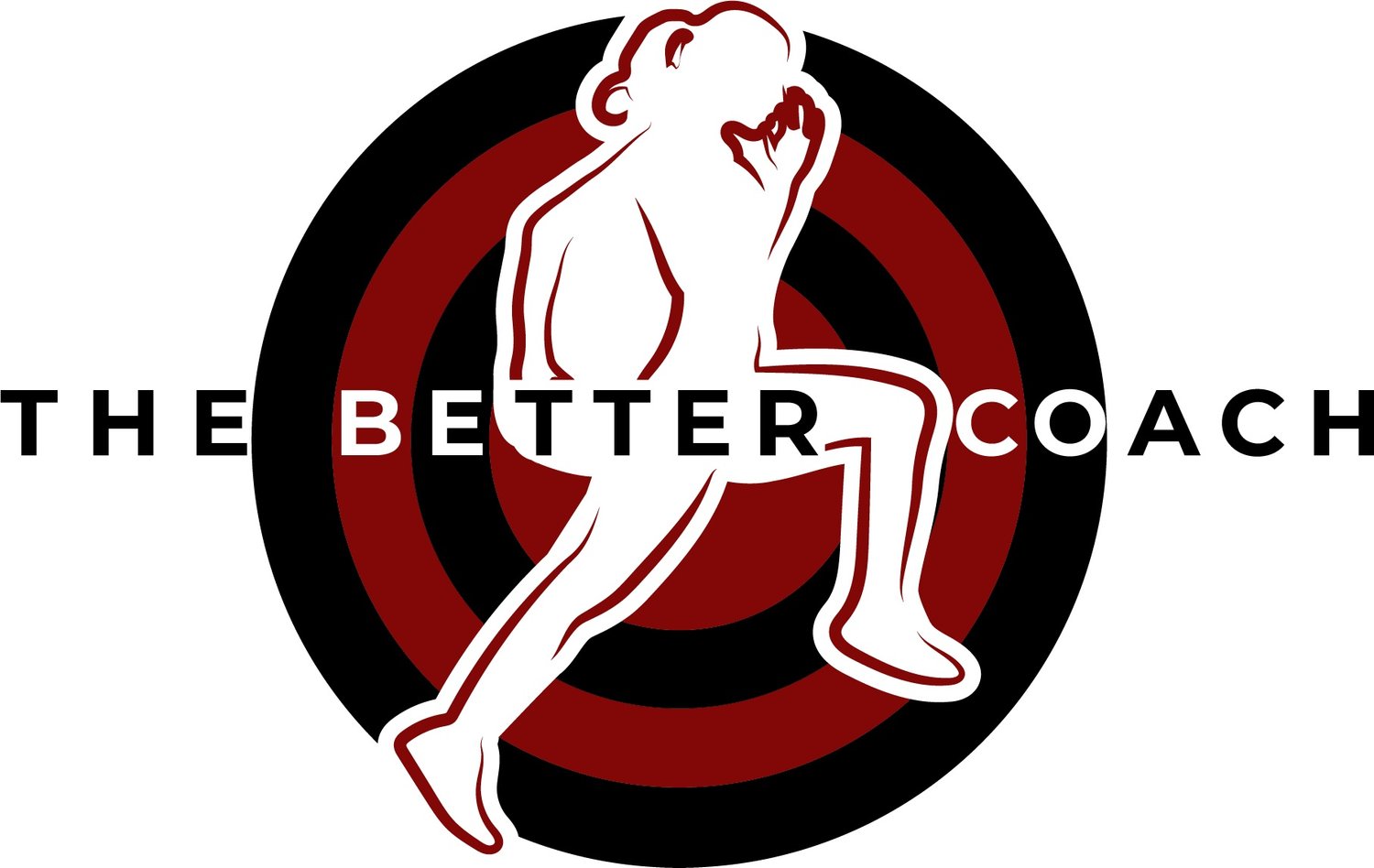The Building Blogs of Research - Part 2
This blog post is the second post of a series that introduces terms and definitions of scientific research. You can find Part 1 about the types of scientific studies by clicking here.
Keep in mind that these terms and definitions are going to be very basic. It is important to remember that research is not very basic.
This blog post is going to cover the main parts of a research study.
Those parts are (after the title and the authors), the abstract, introduction, methods, results, and conclusion.
ABSTRACT
The abstract is the part that most people skim over and decide if it is a study worth reading or not. I am guilty of this myself. My theory on why we do this is because most people compare the abstract of a research study to the book jacket of a novel. Research studies are not meant to be read like novels. The abstract is really the pre-appetizer, or the amuse-bouche, as the French call it. And, well, it is amusing. In fact, I had just a grape about five hours ago so am going to have split this with you (reference that in the comments with proof of not googling it and you get a free training session).
INTRODUCTION
The introduction answers the question of why this study is important, or why it was done at all. The introduction may discuss previous research on the subject. It may explain how this particular study is similar than previous studies, but also different because this one will advance our knowledge by looking at this other variable. If the abstract is the pre-appetizers, then the introduction is the soup or the salad. But who am I kidding, the answer is both. Always get both (see what I’m doing, here?).
METHODS
The methods! Here are the meat and potatoes of the research study, the entree, or the two-pizzas special (whose picking up what I’ve been putting down!?). Researchers write exactly what they did in the methods section so that it can be easily replicated. If a study is easily replicated, it is much more reliable. An easily replicated study shows that nothing was hidden and accounts for as many variables as possible. We will discuss more reasons why easily replicated studies are so important in the next two sections (results and conclusion).
In this section, the methods, the researchers include what materials are involved, how data was analyzed and collected, and any other aspects of their protocol. All of this information will be written from most important to least important.
When reading a methods section, it is important to start to ask questions such as how many participants were involved in this study? Were the participants trained or untrained? What are the researchers considering to be trained vs untrained? In a nutrition study, for example, are researchers asking participants to recall what they ate last week or did they write it down? Are either of this 100% reliable? And in all studies, it is important to ask what other factors might possibly change an outcome that the researchers did not include?
RESULTS
Results are where the findings are reported. No opinion, just cheese. It’s smelly work. The smellier the better. A house made of cheese? Oh, c’mon! How do you not get it???
As mentioned in the methods section, once a particular protocol is repeated several times and results start to find patterns and trends in their results, we can start drawing conclusions about certain variables. Even though we can start to draw conclusions, we can’t prove anything because a controlled laboratory setting is not comparable to the uncontrolled reality of life - no matter how hard the researchers try to account for this. Also, everyone is different. A certain nutrition protocol might work for the majority of a study, but not for me because maybe I live in a different part of the country, am part of a different socioeconomic class, maybe I train differently than the trained participants, maybe my microbiome is completely different just because, or maybe because of my nutrition history, or something else about my lifestyle is different.
Meta analysis and systematic reviews are considered top quality studies because they take multiple studies of similar topics and to start to recognize any patterns in the results sections. You can read more about meta-analysis and systematic reviews in my previous post by clicking here.
CONCLUSION
The conclusion is where the researchers interpret their methods and results. They look for patterns and trends within their own study. Some people may think it reads like feet, some people might like it. Custard? Good. Jam? Good. Beef? Gooood! This may include more of an opinion. It may leave certain things out that make whoever funded the study look bad (see conflict of interest below). Maybe the funders did not get the outcome they were looking for. This is unethical, yes, but it happens.
CONFLICT OF INTEREST
Conflict of interest tells me things like who funded the study. Furthermore, if you don’t get that I referenced Friends throughout this article, and you think Seinfeld is better, then we have a conflict of interest here. It is important to keep an open mind when reading studies that were funded by a big profit led company.
DISCLAIMER: FREE TRAINING SESSION ONLY APPLIES TO THE ABSTRACT AMUSE-BOUCHE REFERENCE (THE OTHERS WERE JUST FOR FUN). MUST PROVE YOU DID NOT USE GOOGLE TO CLAIM FREE SESSION.
Also, if you are interested in better strength and conditioning, better youth sports performance, better speed, better agility, and more, please use the form below to contact The Better Coach.
In-person sessions available to the Central New Jersey area.
Remote sessions available anywhere.



